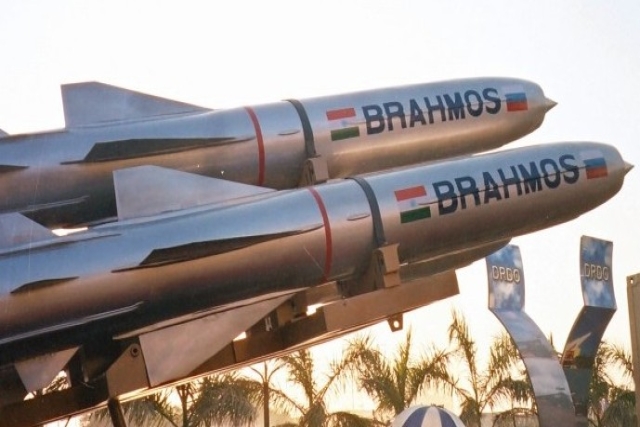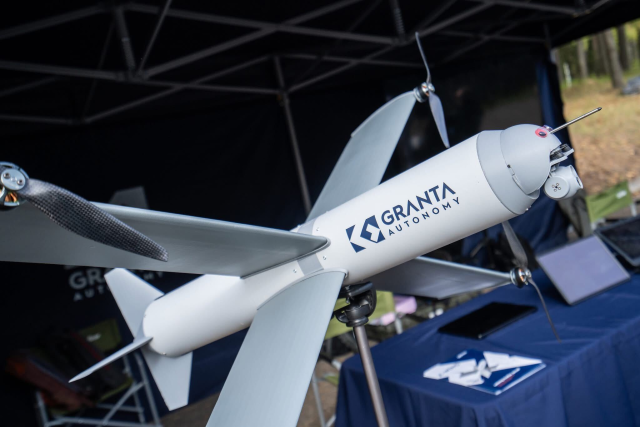India Channels Over 50% of Defence Exports to U.S.
Exports to U.S. exceeds $2.8 billion over the past five years.

The American Chamber of Commerce in India (AMCHAM) has revealed that over 50% of India's defence exports are now directed towards the United States.
This was revealed in the latest report from AMCHAM, titled "U.S.-India Defence Partnership: Co-Production & Co-Development.” Exports to U.S. alone surpasses the 50% mark, exceeding $2.8 billion over the past five years.
The report highlights the exponential growth in India's defence exports, reaching $1.6 billion in the financial year 2022-23, marking a tenfold increase over the past five years. Joint ventures and collaborations between U.S. companies and Indian entities have played a pivotal role in fostering technology transfer, innovation, and skill development. Notable partnerships include Lockheed Martin-Tata Advanced Systems, Boeing-HAL, BAE Systems-HAL, and GE-HAL.
Moreover, the U.S. defence industry's presence in India has led to the creation of over 28,000 direct jobs and employment for an additional 20,000 individuals. Initiatives in STEM education, skilling, health, and sustainability have benefitted over 2.6 million people.
Collaborative defence efforts between the U.S. and India are aligned with shared strategic objectives, including countering terrorism, ensuring maritime security, and maintaining a free and open Indo-Pacific region.
The news comes a week after U.S. National Security Advisor Jake Sullivan met his Indian counterpart Ajit Doval and agreed to strengthen cooperation in a range of areas—Defence technology, Space, Artificial Intelligence, High-Performance Computing, critical minerals, among others. They discussed India’s planned acquisition of the MQ-9B platforms, the possible co-production of land warfare systems, and progress on other co-production initiatives like the GE Aerospace-HAL project of engines to power India’s fighter fleet.
The countries also aim to co-develop semiconductor design and manufacturing for precision-guided ammunition and other national security-focused electronics platforms. They plan for a partnership between industry groups to identify “near-term opportunities” and facilitate longer-term development of “complementary semiconductor ecosystems.”
The Indian government has a target of achieving $5 billion in defense exports by FY 2024-25.










